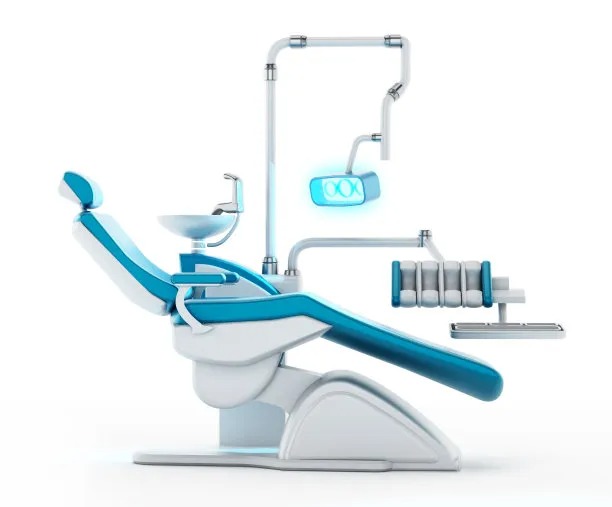Essential Guidelines and Precautions to Ensure Successful Root Canal Treatment Outcomes and Patient Safety
Summary: Root canal treatment is a critical procedure aimed at saving teeth afflicted by irreversible pulpitis or necrosis. This article outlines essential guidelines and precautions to ensure not only effective treatment outcomes but also safeguard patient safety. Key aspects like pre-treatment assessments, sterile techniques, effective irrigation solutions, and post-treatment care are discussed in detail. By adhering to these best practices, dental professionals can mitigate risks associated with endodontic procedures, leading to enhanced patient satisfaction and long-term success rates. This comprehensive approach forms a foundational framework to elevate standards in dental care, ensuring patients receive the best possible outcomes.
1. Comprehensive Patient Assessment Protocols

Before commencing any root canal therapy, a thorough and systematic patient assessment is pivotal. This includes a comprehensive review of the patients medical history and an evaluation of their overall health status. It is essential to identify any underlying conditions such as diabetes, heart disease, or allergies that may influence the procedure.
Dental professionals should also perform a meticulous clinical examination, including visual inspection and diagnostic imaging. Utilizing radiographs or Cone Beam Computed Tomography (CBCT) can provide invaluable insights into the tooths anatomy, the extent of infection, and potential complications.
Lastly, patient communication is key. During this process, practitioners must explain the procedure, its benefits, and any associated risks. Clear communication can alleviate anxiety and enhance patient cooperation, which is critical for successful outcomes.
2. Ensuring Sterility and Infection Control
Maintaining a sterile environment is fundamental to reducing the risk of postoperative infections. Dental practitioners must follow strict aseptic protocols throughout the procedure to prevent contamination. This includes using sanitized instruments and wearing personal protective equipment (PPE).
Additionally, the use of rubber dams helps isolate the treatment area, further minimizing contamination risks. Incorporating this technique ensures that saliva and bacteria do not enter the root canal system during the procedure.
Moreover, effective disinfection of the root canal system is important for improving treatment outcomes. Dental professionals should utilize appropriate antimicrobial agents during treatment to eliminate any residual bacteria and remove debris thoroughly.
3. Optimal Irrigation Techniques for Efficacy
Irrigation is a crucial step in root canal treatment that aids in cleaning and shaping the canal system. The choice of irrigation solutions significantly impacts the procedures overall effectiveness. Sodium hypochlorite (NaOCl) is widely regarded as the gold standard for its antimicrobial properties and tissue-dissolving capabilities.
However, the concentration and volume of the irrigation solution must be carefully managed to avoid complications such as cytotoxicity to periapical tissues. Additionally, incorporating chelating agents like EDTA can help in softening the dentin and ensuring thorough cleaning.
Mechanical agitation techniques, such as ultrasonic or sonic irrigation, can enhance the efficacy of the irrigants. These methods ensure better penetration into complex canal systems, significantly improving the cleaning process and facilitating better treatment outcomes.
4. Comprehensive Post-Treatment Care Strategies
The success of root canal treatment doesnt solely depend on the procedure itself but also on effective post-treatment care. Following the procedure, patients should be informed about expected symptoms and post-operative care instructions to enhance healing.
Regular follow-up appointments are essential to monitor the healing process and ensure that no complications arise. During these visits, dental professionals should assess the treatment sites and address any concerns the patient might have.
To further aid recovery, recommending over-the-counter pain medication can help manage discomfort while advising on dietary restrictions post-treatment to avoid undue stress on the recently treated tooth. Providing patients with a comprehensive care plan fosters their confidence and ensures better long-term outcomes.
Summary:
The article highlights vital elements crucial for successful root canal treatment, emphasizing the importance of thorough patient assessments, maintaining sterility, implementing effective irrigation techniques, and providing excellent post-treatment care. Each of these areas contributes significantly to the overall success of the procedure and the safety of patients. By adhering to these essential guidelines, dental practitioners can enhance treatment efficiency and improve patient experiences.
This article is compiled by Vickong Dental and the content is for reference only.



